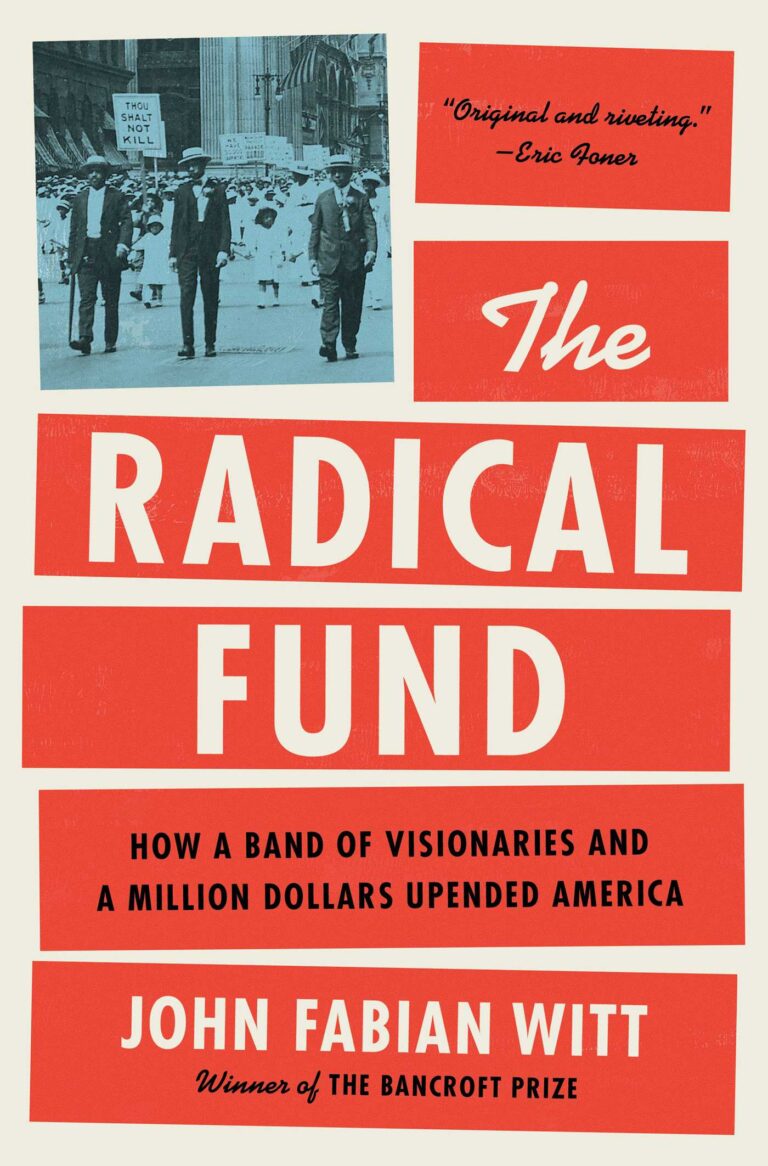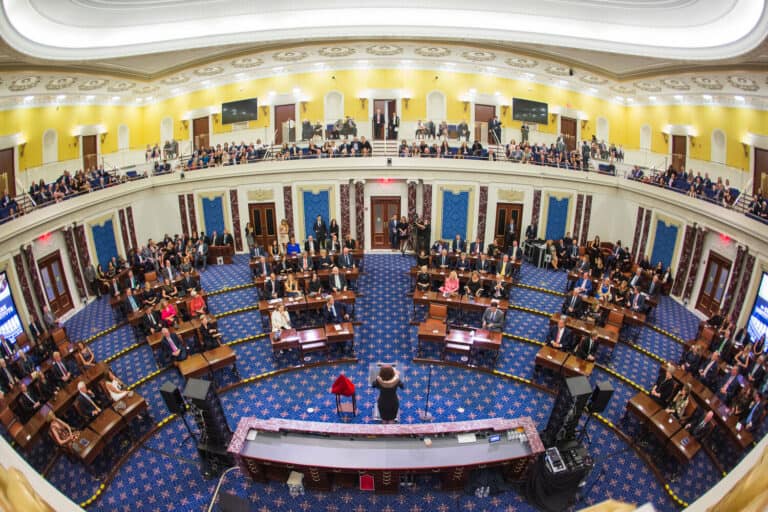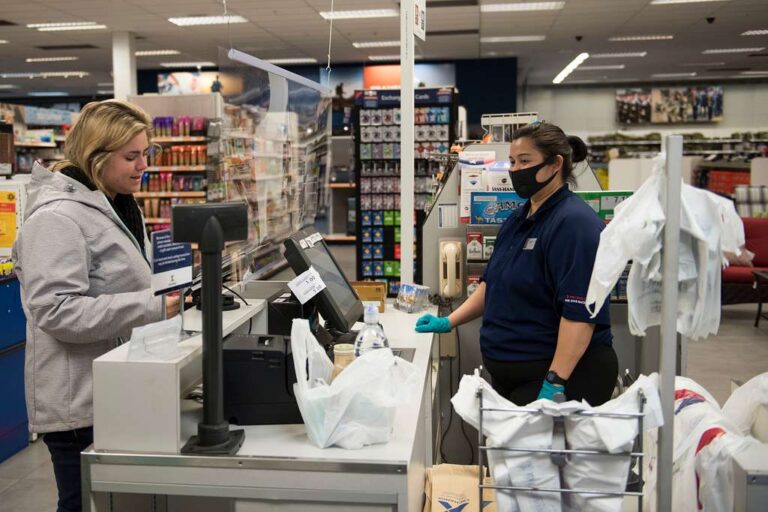Jake Rosenfeld is Associate Professor of Sociology at Washington University-St. Louis. He is the author of What Unions No Longer Do (Harvard University Press, 2014). For more on his work, see www.jakerosenfeld.net.
The 2008 election produced the only institutional arrangement seemingly able to break legislative logjams in our age of polarization: consolidated party control over the entire federal government, alongside a filibuster-proof majority in the Senate. Union leaders and their allies saw an opening for significant labor law reform, a goal that had proved elusive for over half a century. Combined with the hard-earned lessons learned by an increasingly diverse and creative leadership rank, organized labor looked to a new legal framework as a way to catalyze organizing drives and finally, at long last, staunch the steady loss of membership.
The excitement proved short-lived. Labor’s signature piece of legislation, the Employee Free Choice Act (EFCA) stalled in the Senate in the summer of 2009, meeting the same fate as prior efforts to rebalance the legal playing field governing labor and management. The 2010 midterm wipeout of Democratic officeholders in the House and Senate ensured another presidency would pass without reform. Many analysts – myself included – believed that absent a fundamental change in the legal framework governing collective bargaining in this country, the labor movement would continue to recede into the background of the nation’s political economy.
By certain indicators, we were right. Roughly 1 in 20 private sector workers belongs to a labor union today, 1/7th the rate during labor’s heyday, and the recent past has revealed the fragility of labor’s public sector power, spared a further legal setback only by the death of Justice Scalia.
Yet as we enter President Obama’s final months in office, it’s clear the prediction missed something important. Yes membership remains at historic lows. But, to borrow from Richard Yeselson, “laborism” is ascendant, in spite of the little actual labor to keep it afloat. The Fight for 15 – begun as a small organizing battle in the town of Seatac, Washington – is transforming the lives of millions of low-wage workers. Fast food protests and OUR Walmart’s spotlight on the retail behemoth pressured employers to improve working conditions. President Obama’s recent executive orders and a newly-emboldened NLRB demonstrate what can be accomplished in the face of Congressional gridlock. And the surprising success of Bernie Sanders’ campaign is pushing a worker-friendly agenda into the Democratic Party platform – and into Hillary Clinton’s policy program.
Together, these various developments on behalf of the working- and middle-classes comprise labor’s greatest achievement in well over a generation. Others have assessed how this paradox of laborism without labor came to be; here I want to highlight briefly a comparative case as a potential model for organized labor going forward. And I choose an unlikely one: France.
Notwithstanding the iconic images of massive French labor protests, France actually has a lower unionization rate than the U.S. In contemporary France, organized labor is small, while labor’s footprint is enormous. The French paradox stems from unions’ role in delivering broad-based benefits and workplace standards enjoyed by unorganized and organized workers alike. This is the French model, and it rests not only on institutional arrangements like industry-wide bargaining, where union-negotiated contracts automatically extend to many nonunion workers, but also on a hard-fought legitimacy unions achieved among a wide swath of the nonunion workforce.
The automatic extension bargaining structure will not reach our shores anytime soon. Yet the model of unions fighting for broad-based gains that reach well beyond their membership base is a growing reality. Improvements in wages and working conditions in the retail, fast food, and other sectors serve as evidence that a shrunken membership base can still achieve enormous victories. Because these are, to a large degree, union-won gains. There is no “Fight for 15” (“and a union” – although the latter half of the slogan tends to get lost) without the expertise and resources of organized labor. Indeed the very conceptual vision of the campaign came from union leaders, including SEIU’s David Rolf. Labor-backed policy experts worked with the administration in drafting new overtime rules that will raise the pay of millions of nonunion workers. New York’s 2015 fast food wage increase resulted from the decisions of a tripartite (very French!) board that included an SEIU Secretary-Treasurer. The list goes on: find a regulatory, legislative, or employer-driven improvement for working men and women over these past few years, and you’ll likely find union pressure and participation behind it.
Yet, and here is where the French model serves as an important counter-example, in so many of these cases, organized labor receives little if any credit for the victory. This oversight on the part of U.S. unions and their affiliates seems, in part, self-inflicted and intentional, with unions too often worrying that exposing their role in these campaigns will somehow sully the effort. But hiding behind one’s coalition partners does organized labor no good, especially in a time when allies are sorely needed.
The advantages French unions enjoy relative to their U.S. counterparts extend beyond industry-wide bargaining frameworks. They receive resources from the state, lessening the pressure on membership dues alone to sustain union activities. And they are deeply embedded – often institutionalized through legal frameworks – in tripartite boards and as employee representatives even in industries in which membership is low. Thus the shrunken membership base matters more for the U.S. labor movement, which is why buttressing American labor’s remaining strongholds remains so critical. Unions need the wide coalition pushing the “laborist” agenda to support traditional union activities – including organizing. Developments in OUR Walmart offer a cautionary tale: a backlash becomes inevitable if the rank-and-file feel like all their dues are going to nonmembers, while they receive no support in kind. Broader public understanding of how critical organized labor is to laborism’s successes can only help alleviate these tensions.
Your average nonunion French worker understands clearly who is responsible for the wage levels, benefits, and workplace standards she enjoys on the job. When French unions call for a protest, nonunion workers show up en masse, such as during 1995 and 2011 demonstrations that drew millions more participants than there are actual union members. I submit that it’s unlikely a Walmart employee thankful for a new, more humane scheduling system at work connects that development to the pressures organized labor and its allies put on the company over the past decade. And I imagine your average fast food worker in downtown San Francisco or Seattle or New York City has, at best, only a hazy understanding of the starring role organized labor played in pushing his wages up. It’s past time he learned.






Daily News & Commentary
Start your day with our roundup of the latest labor developments. See all
November 6
Starbucks workers authorize a strike; Sixth Circuit rejects Thryv remedies; OPEIU tries to intervene to defend the NLRB.
November 5
Denver Labor helps workers recover over $2.3 million in unpaid wages; the Eighth Circuit denies a request for an en ban hearing on Minnesota’s ban on captive audience meetings; and many top labor unions break from AFGE’s support for a Republican-backed government funding bill.
November 4
Second Circuit declines to revive musician’s defamation claims against former student; Trump administration adds new eligibility requirements for employers under the Public Service Loan Forgiveness program; major labor unions break with the AFGE's stance on the government shutdown.
November 3
Fifth Circuit rejects Thryv remedies, Third Circuit considers applying Ames to NJ statute, and some circuits relax McDonnell Douglas framework.
November 2
In today’s news and commentary, states tackle “stay-or-pay” contracts, a new preliminary injunction bars additional shutdown layoffs, and two federal judges order the Trump administration to fund SNAP. Earlier this year, NLRB acting general counsel William Cowen rescinded a 2024 NLRB memo targeting “stay-or-pay” contracts. Former General Counsel Jennifer Abruzzo had declared that these kinds […]
October 31
DHS ends work permit renewal grace period; Starbucks strike authorization vote; captive-audience ban case appeal